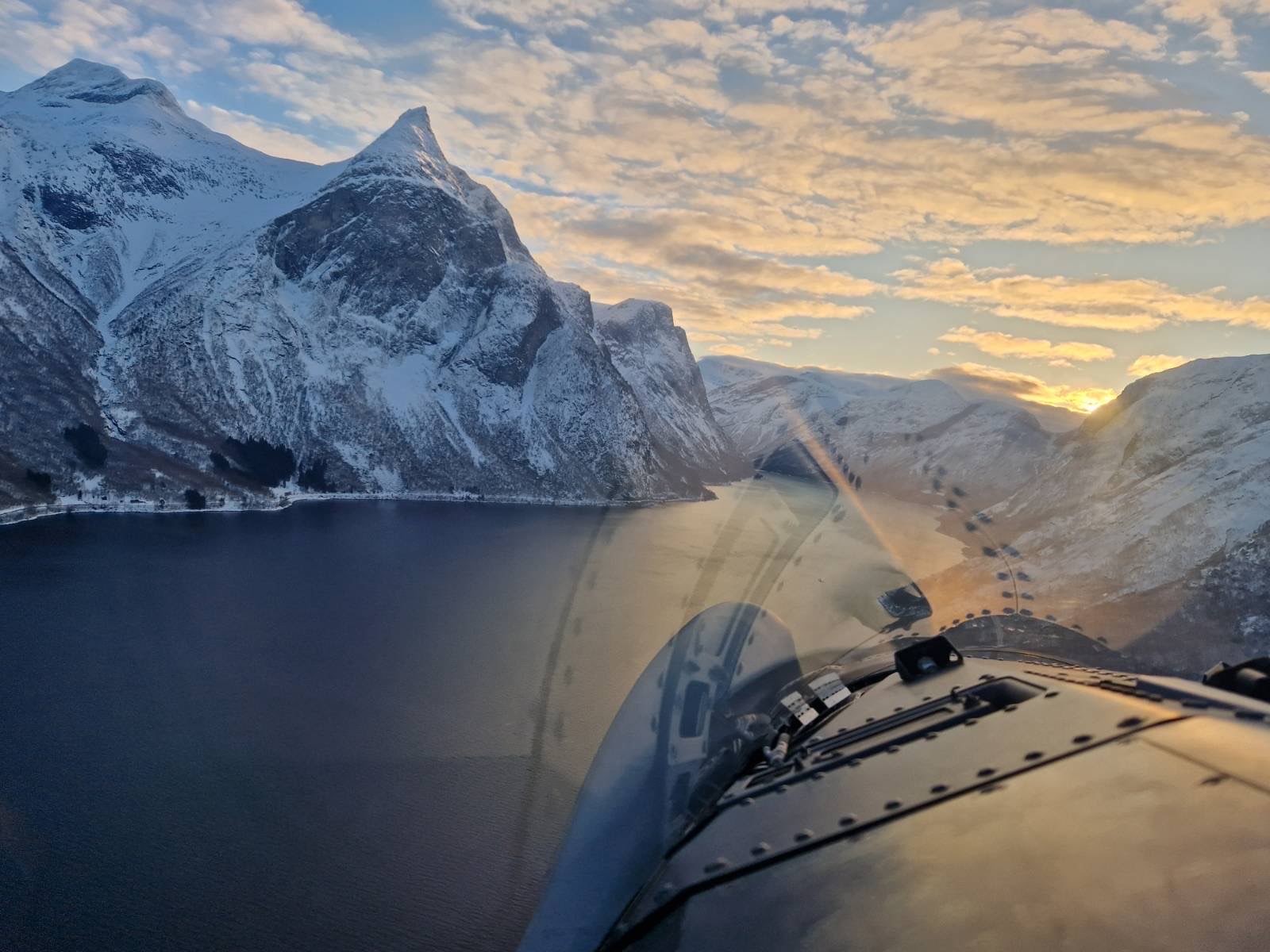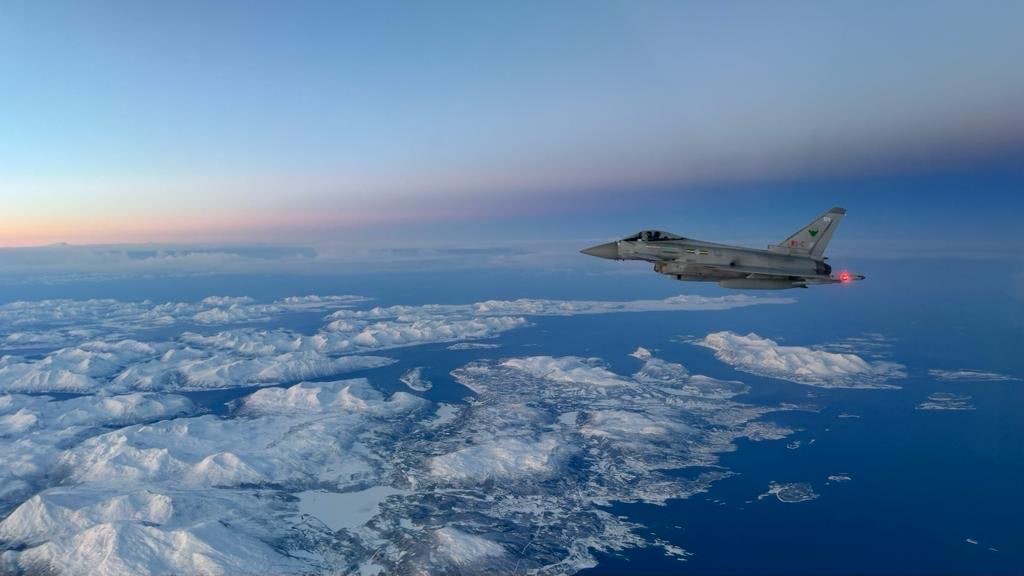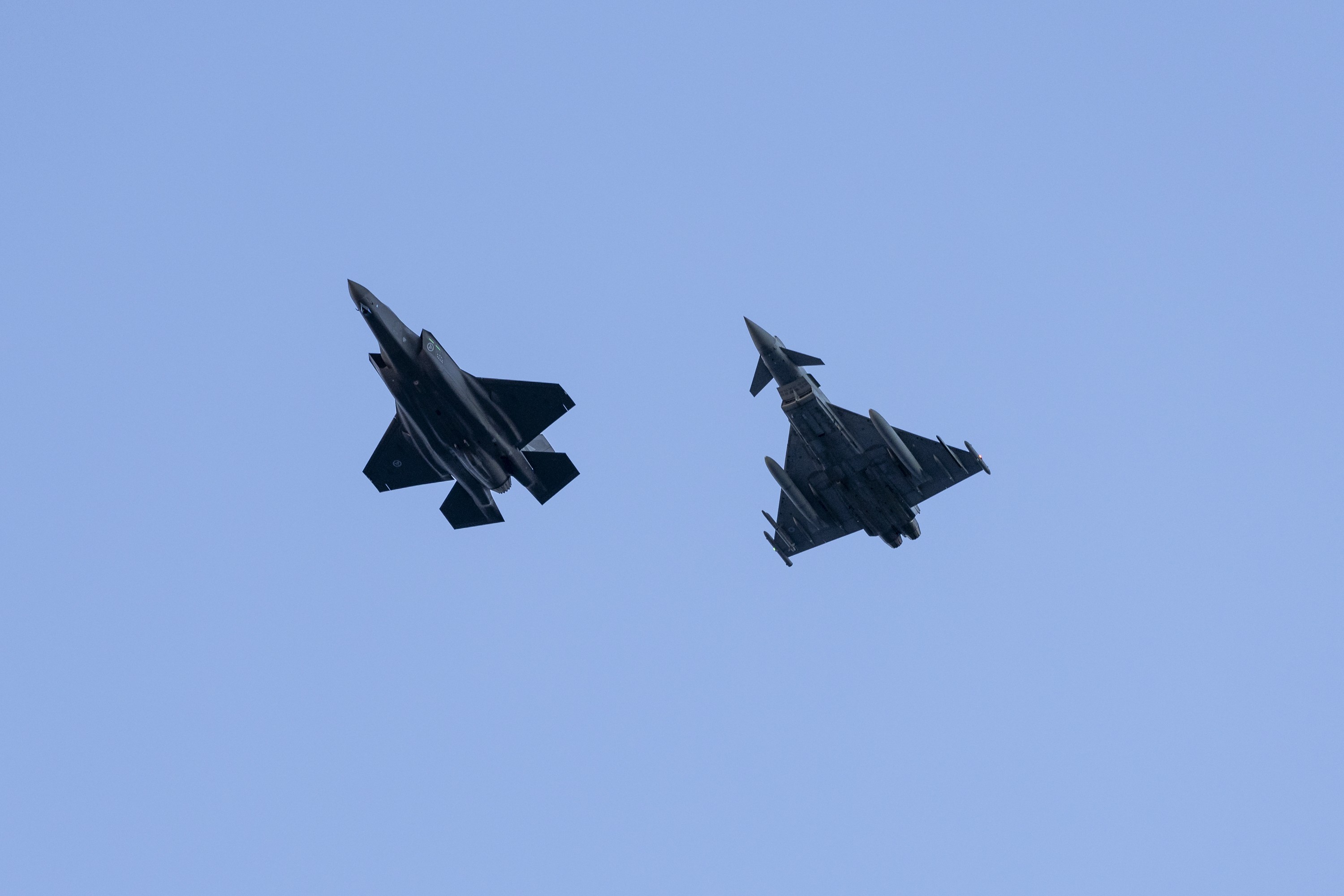Teaming up with the Royal Norwegian Air Force, Typhoons from IX (Bomber) Squadron showcased their capabilities in some of Europe's harshest conditions.
They faced temperatures below -10 °C during the deployment at Orland Air Station, Norway. Exercise Arctic Phoenix involved intensive fighter integration training with the Royal Norwegian Air Force (RNoAF), including missions alongside their F35As.
Conducting two sorties daily throughout the exercise, the Typhoons were supported by IX(B) Sqn ground crew that included engineers and mechanics, who played a crucial role, swiftly adapting to the rigorous demands of the environment.

The Typhoons also extended their operations 200 miles into the Arctic Circle, coordinating with the Northern detachment at Bardufoss Air Station. Supported by a tanker, these missions underlined the aircraft's versatility and the crew's know-how in extreme weather conditions.
The initial phase of Exercise Arctic Phoenix was not just about flying missions. RAF Regiment gunners, tactical communicators, medics, chefs, drivers, and engineers underwent survival training at Bardufoss Air Station. Here temperatures plunged to an even more challenging -20 °C.

This training, delivered by the Royal Norwegian Air Force, was vital for equipping the RAF teams with the skills needed to operate effectively in such harsh climates.
This joint exercise highlighted the RAF's readiness to operate in diverse environments and strengthened the military collaboration between the United Kingdom and Norway.
Understanding the challenges that come with operating in the High North is crucial to being able to successfully support our personnel and assets within this environment
“We are very grateful for the exceptional support received from our Norwegian partners in facilitating 4th and 5th generation fighter integration training, flying our UK Typhoons with the Royal Norwegian Air Force F-35A, as well as integrating the Cold Weather Survival Course,” said the RAF Detachment Commander, Wing Commander Leask.
“Understanding the challenges that come with operating in the High North is crucial to being able to successfully support our personnel and assets within this environment. Working alongside our Norwegian counterparts will allow us to strengthen our interoperability as committed members of the Joint Expeditionary Force,” he added.

One aim of the exercise was for the RAF units to test their Agile Combat Employment capabilities – to survive an attack, disperse to different locations, and continue to operate – in extremely challenging conditions.
During the exercise, an A400M Atlas transport aircraft from 30 Squadron supported training serials that were designed to assess aeromedical evacuation procedures, test force protection capabilities and establish a forward air refuelling point, as well as conducting training sorties alongside the Typhoons.
